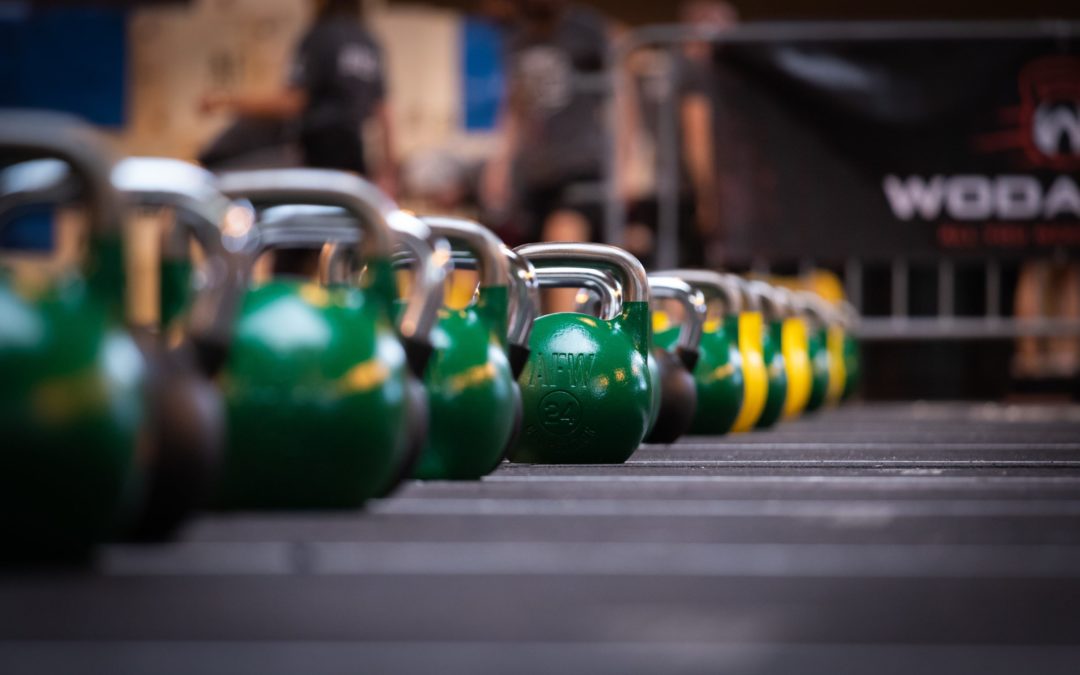
by Clavel P, Tiollier E, Leduc C, Fabre M, Lacome, Buchheit M | Oct 6, 2021 | HIIT
Background The emergence of continuous glucose monitoring (CGM) devices has enabled deeper insight into the temporal dynamics of blood glucose concentration under real life settings (1). Compared with traditional finger prick samples, which are invasive and...

by Tzlil Shushan | Sep 1, 2021 | HIIT
For this blog post we provide a brief practical and scientific background into submaximal fitness tests (SMFT) for team-sports, and invite eligible team-sport practitioners to have their say as how we should direct future practices and research for this area. ...

by Paul Laursen | Aug 3, 2021 | HIIT
The postponed Tokyo 2020 Summer Games are now in full swing, albeit without the presence of in-person spectators. The word ‘unprecedented’ has been overplayed these past 18 months, but here we are again. In March of 2020, at the start of the pandemic, we...

by Cedric Leduc Paul Laursen and Martin Buchheit | Jul 6, 2021 | HIIT
Introduction CrossFitTM is a branded form of high-intensity training that has reached unprecedented levels of following and participation globally. This variation of HIIT, called high-intensity functional training (HIFT) in the in the sport science literature (2),...

by Martin Buchheit | May 10, 2021 | HIIT
There is growing interest in the programming of generic (i.e., no ball involved) high-speed running (HSR) drills in many team sports, especially those played over large spaces (e.g., soccer, rugby, field hockey, Australian Rules Football). For ease of implementation,...

by Christopher Fennell and James Hopker | Apr 5, 2021 | HIIT
As proposed on HIIT Science, programming for high-intensity interval training (HIIT) can contain up to 12 important variables that can be manipulated to adjust the physiological response of a HIIT Session (Figure 1). Of those 12 variables, work interval intensity,...








